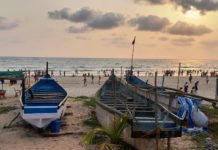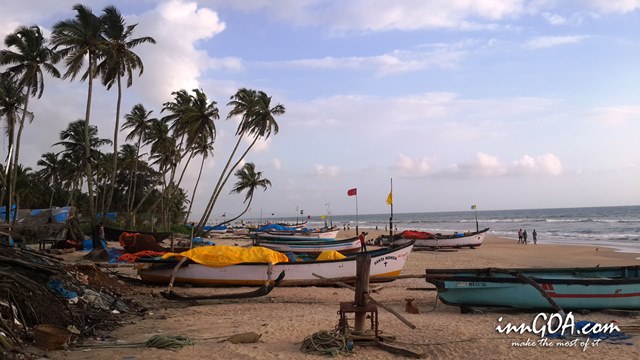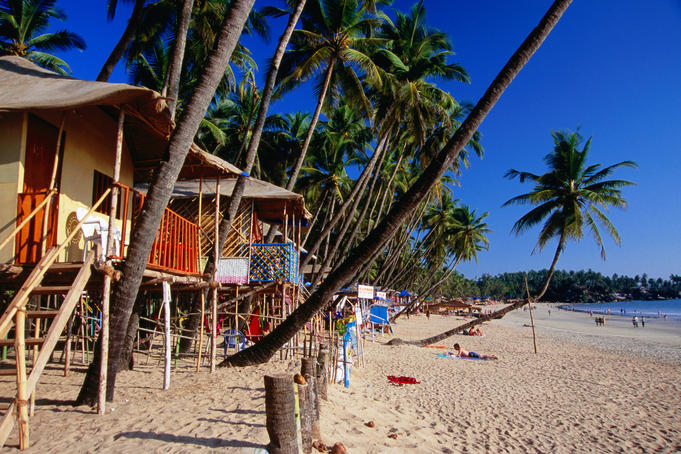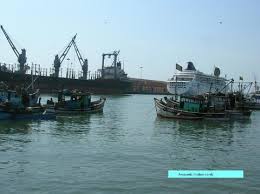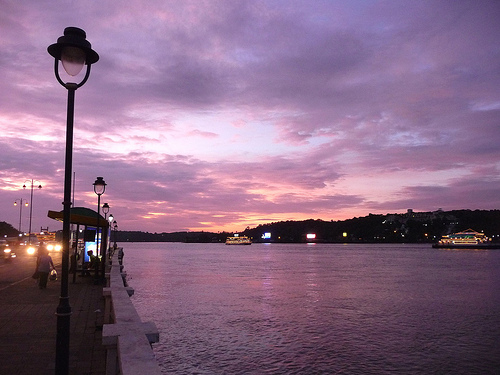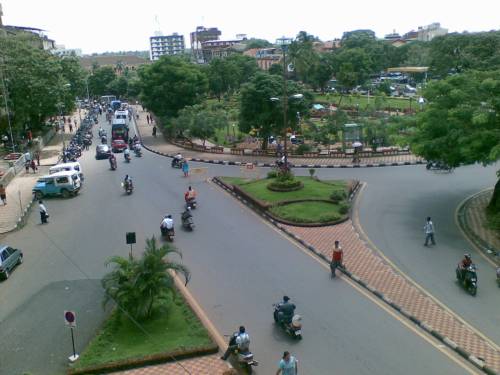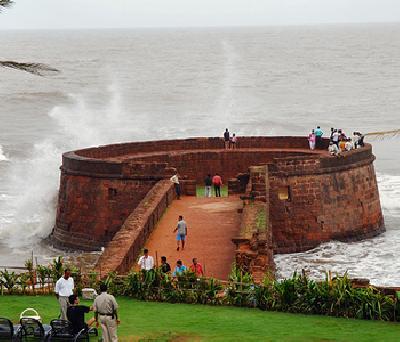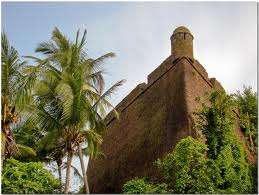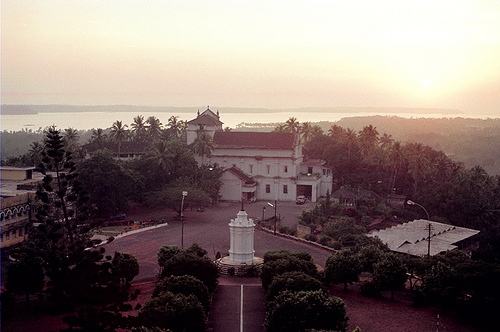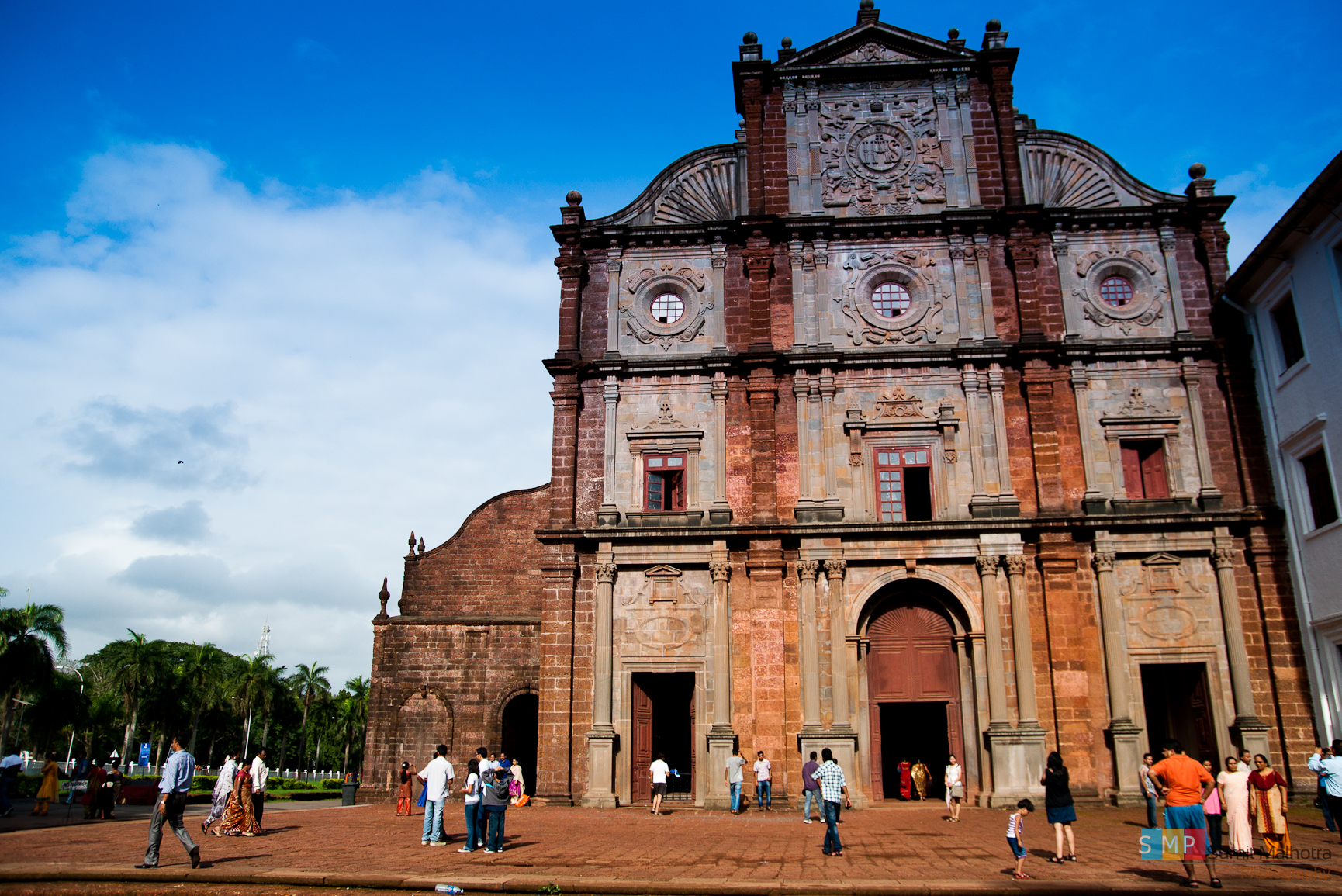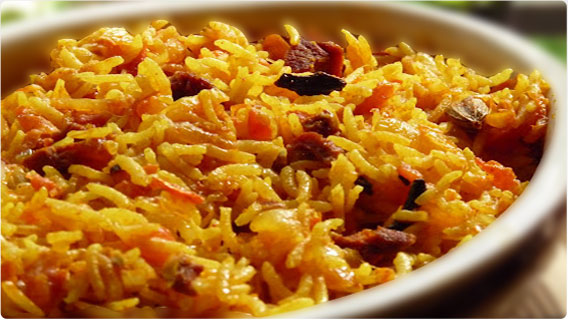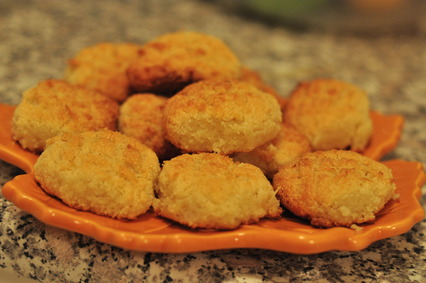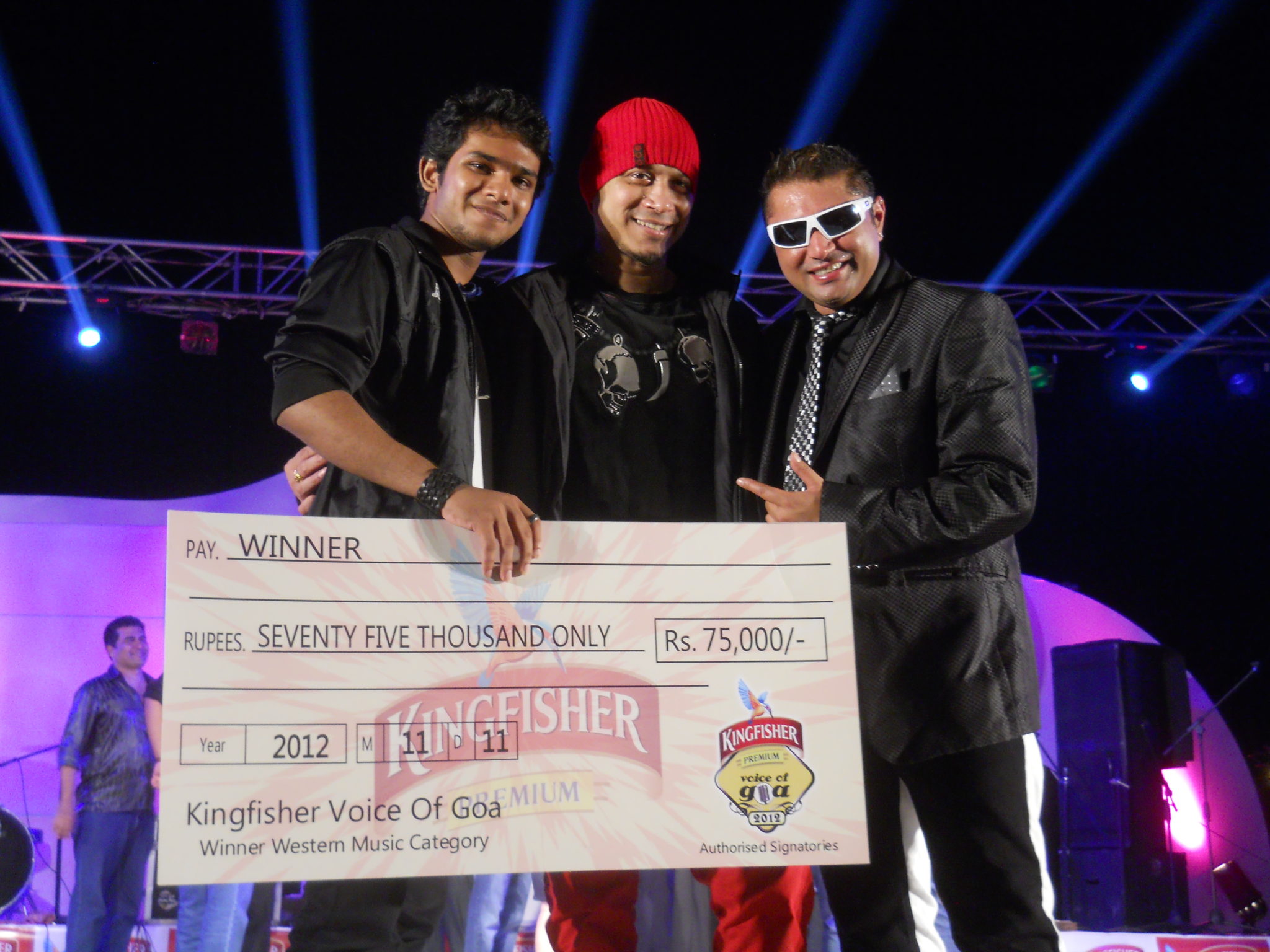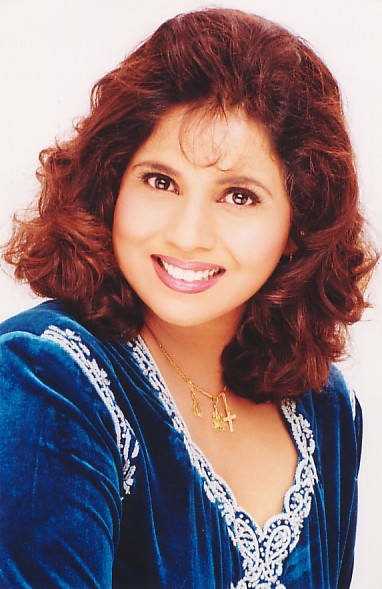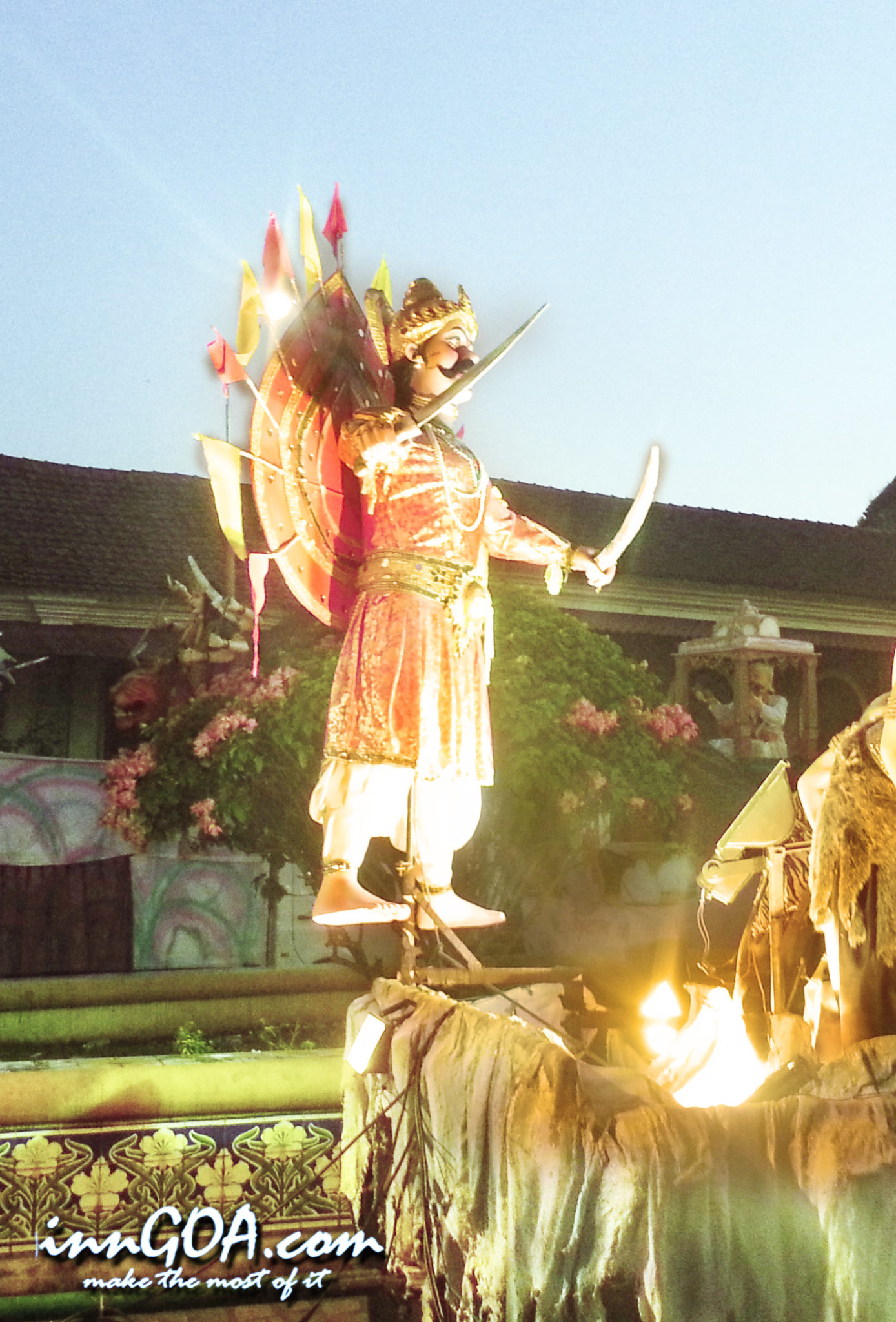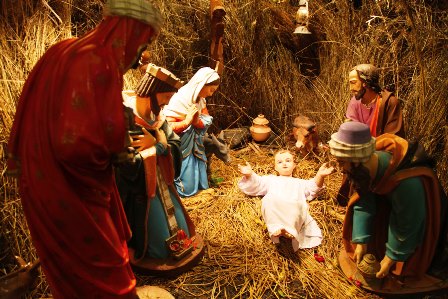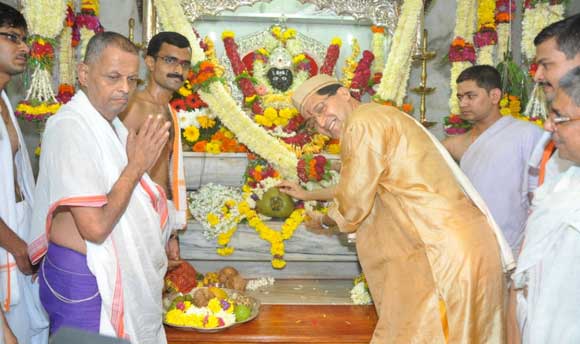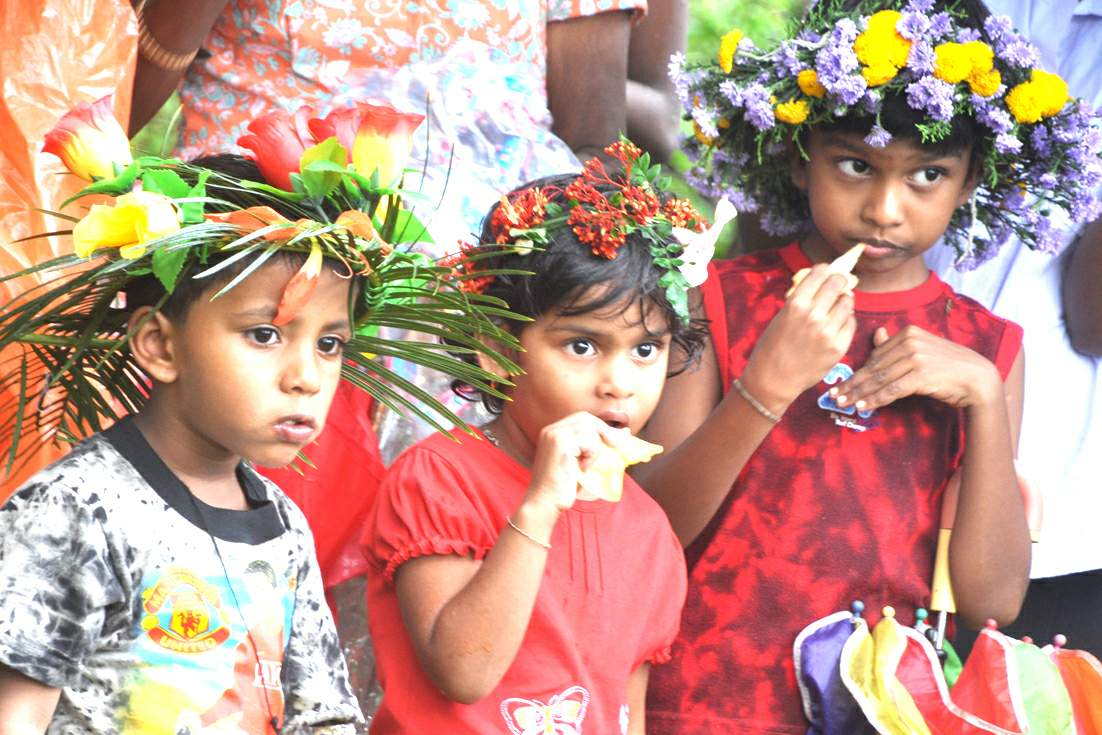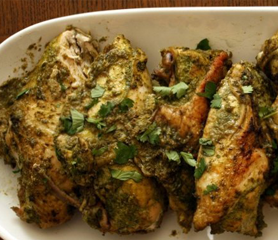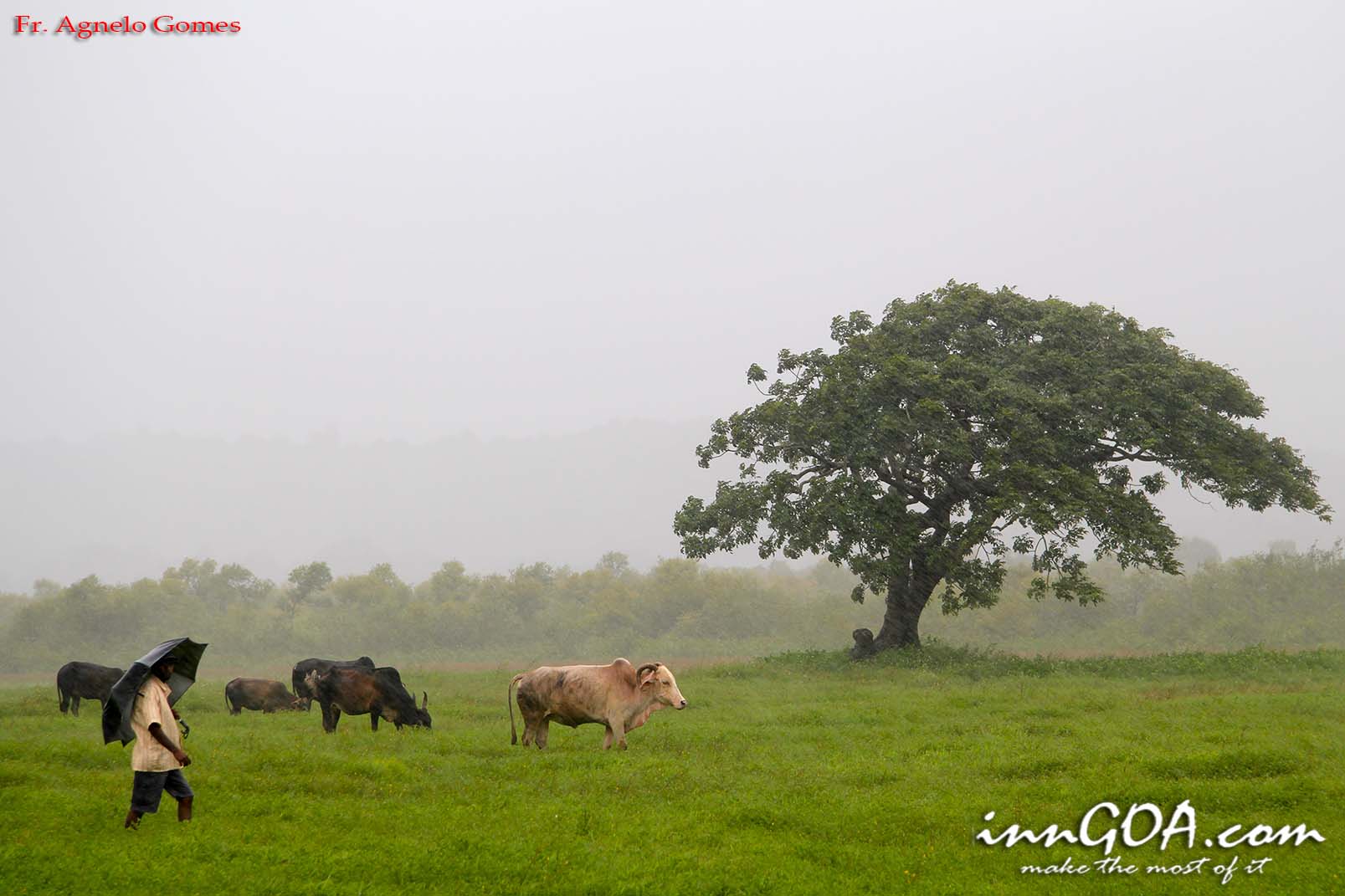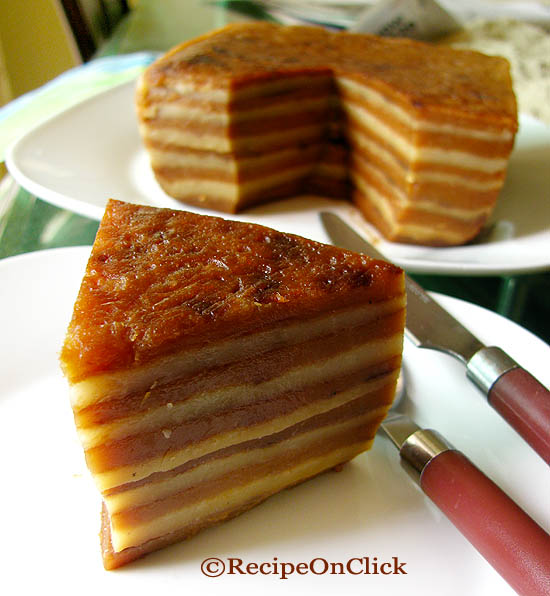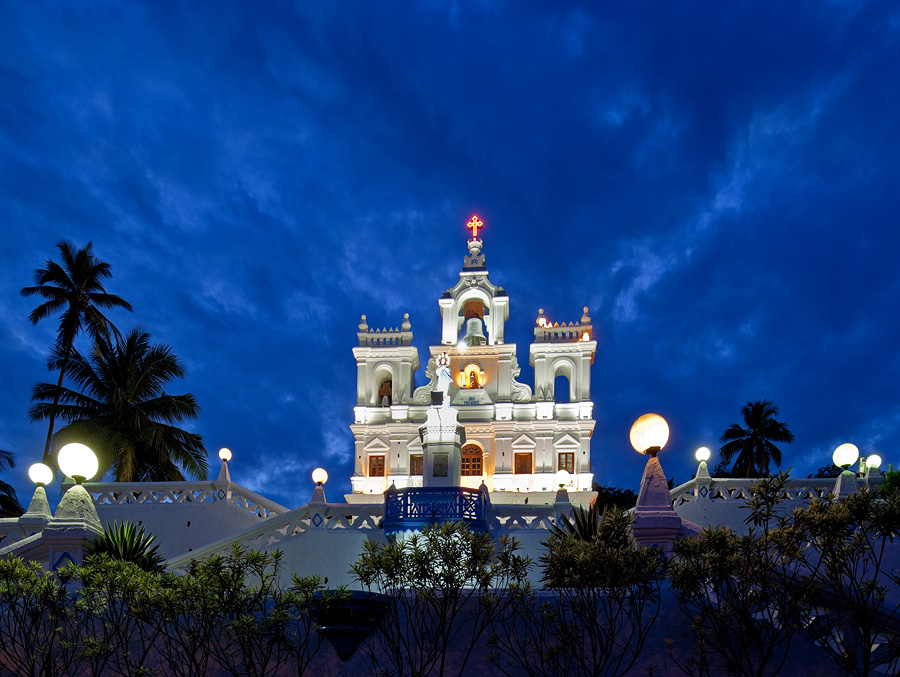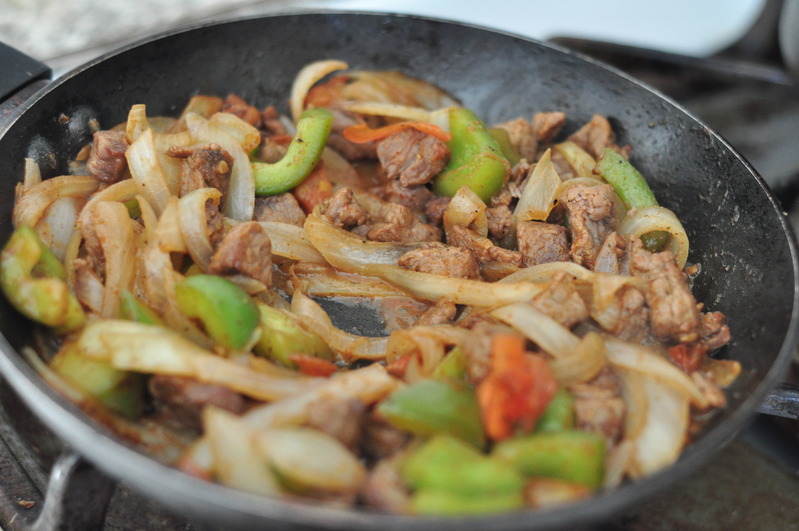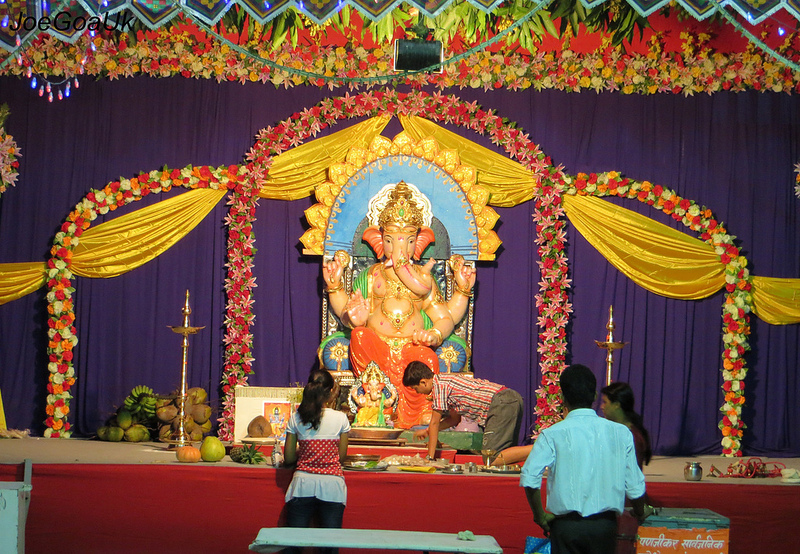SHIGMO- THE DANCE OF COLOURS!
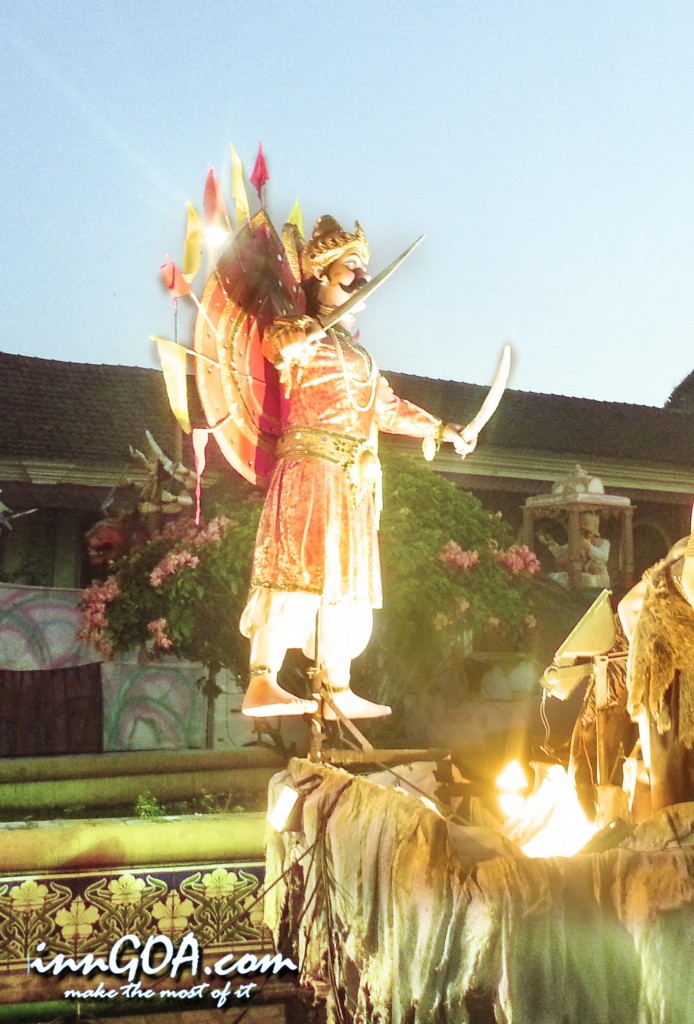 Come March, the month of Phalguna, and one hears the beats of drums and dhol loud and clear. Yes, it’s time to celebrate yet another festival in Goa. The colorful Shigmo festival which captivates your senses and sets your pulse soaring till you think of nothing but joining in the revelry that the festival offers. The streets of the town resound to the beats of ‘dholl’ – the drums, the ‘tashas’ and sounds of ‘conches’. The celebrations includes colorful street floats, folk music and sword dances and lively spraying of dry colors, while the procession passes through the streets of Goa in gay abandon. The parade also includes martial art dances like `Ghode-morni’ known as the horse dance which is very popular in Goa.
Come March, the month of Phalguna, and one hears the beats of drums and dhol loud and clear. Yes, it’s time to celebrate yet another festival in Goa. The colorful Shigmo festival which captivates your senses and sets your pulse soaring till you think of nothing but joining in the revelry that the festival offers. The streets of the town resound to the beats of ‘dholl’ – the drums, the ‘tashas’ and sounds of ‘conches’. The celebrations includes colorful street floats, folk music and sword dances and lively spraying of dry colors, while the procession passes through the streets of Goa in gay abandon. The parade also includes martial art dances like `Ghode-morni’ known as the horse dance which is very popular in Goa.
Emerged as a symbol of communal harmony over the years, Shigmo is the folk festival of Goan Hindu which display a variety of folk dances, music, theatre forms and more. It is the occasion to see the various arts and crafts of the village artisans through costumes and dances which are based on mythological events, musical instruments, headgears, masks and jewelry.
[pullquote]The Konkani word Shigmo comes from the Prakrit word Suggimaho and the Sanskrit Sugrishmaka. After the harvesting season, farmers and rural folk celebrate the festival annually with hundreds of performers attired in traditional outfits and colourful turbans who play dhol (drums) and chant the names of various Hindu deities.[/pullquote]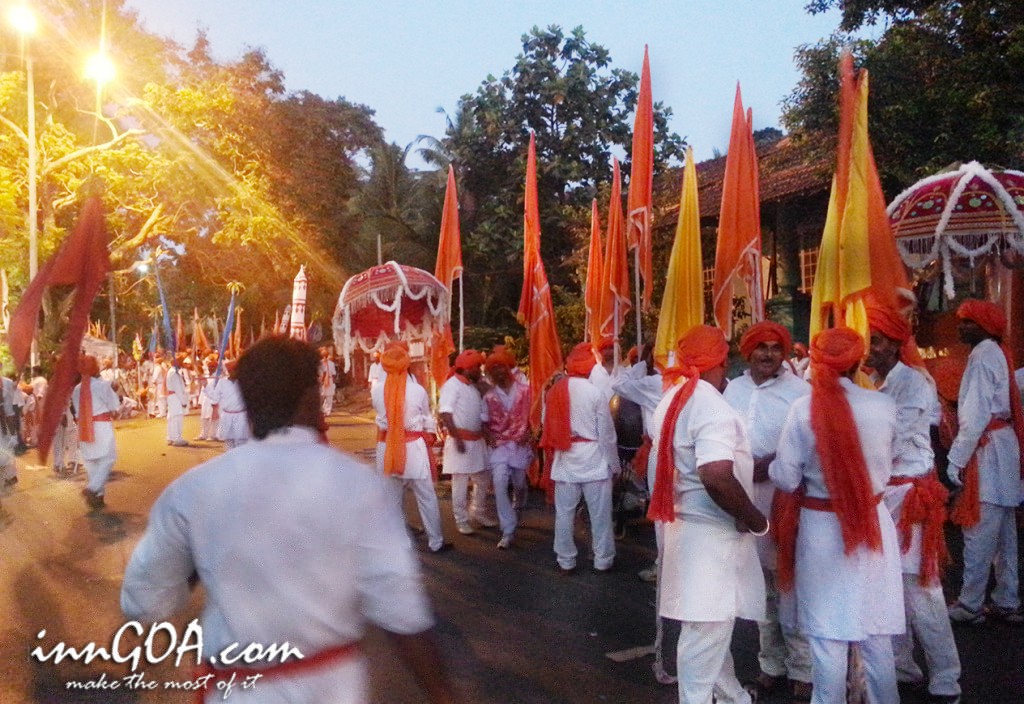
There are two variants of Shigmo festival: Dhakto Shigmo (“small Shigmo”) and Vhadlo Shigmo (“big Shigmo”). Dhakto Shigmo is generally celebrated by farmers, the labour class and the rural population. It begins some five days before the full-moon day of the Indian lunar month of Phalguna and ends on the full-moon day while Vhadlo Shigmo is celebrated by everyone in different temples on different dates around the same period. The first day of celebration is called Haldune and the second is Dhulvad or exchange of Gulāla.
On the first day, the village deity is bathed and dressed in saffron robes and after the offering of food, a feast is held. Naman are songs sung in chorus during the festival, when villagers assemble at a fixed place. Jot is another kind of song. Dances include Talgadi, Hanpet, Lamp Dance and Gopha. Dhol and Taso are drums, some of which can be huge, which people carry from door to door, dancing to their sound. Money is placed in a plate carried by the performers, in response to which they sing a song called the Tali, wishing the donor well.
On the last day of the festival, it is believed that a spirit,the Gade padap enters in the bodies of the dancers which makes them dance in a very frenzied manner . There is a collective bath,Mand davarap, taken after which the festival comes to an end amidst loud cheer and gaiety.




